I tried to set up a business with a college student - Income statement 2/2

This is the second part to a two part blog post discussing our 'business project'. This post covers what our income statement looks like. Breaking down everything to an income statement, helped us see how it all went down and even helps us plan better for the future. For the first part of the blog, check out the Planning and how we figured out what to sell.
Finances: Where did all the money go?
Revenue - $151.39
Total Expenses - $47.32
Net Income - $104.07
Outside Losses - $24.74
Since there was at least 2 people (so many people helped promote, hold doors, lift the drinks, and buy to support us) we had to divide everything by 2.
$104.07/2 = $52.085 : net income per person
Total time spent:
Sadly, we spent hours making and stationing for this 'business'.
Poster making - 4 hrs
Making tea (cooling down, pouring into cups, removing tea leaves) - 4 hrs
Walking, carrying back and forth to fridges - 3 hrs
Selling and stationing at location - 11 hrs
4+4+3+11 => Total : 22 hrs
Profit per hour
In the real world, this would not be a profitable business:
$52.085/22 = $2.37/ hr
In summary, 🤯 This was definitely less than minimum wage.
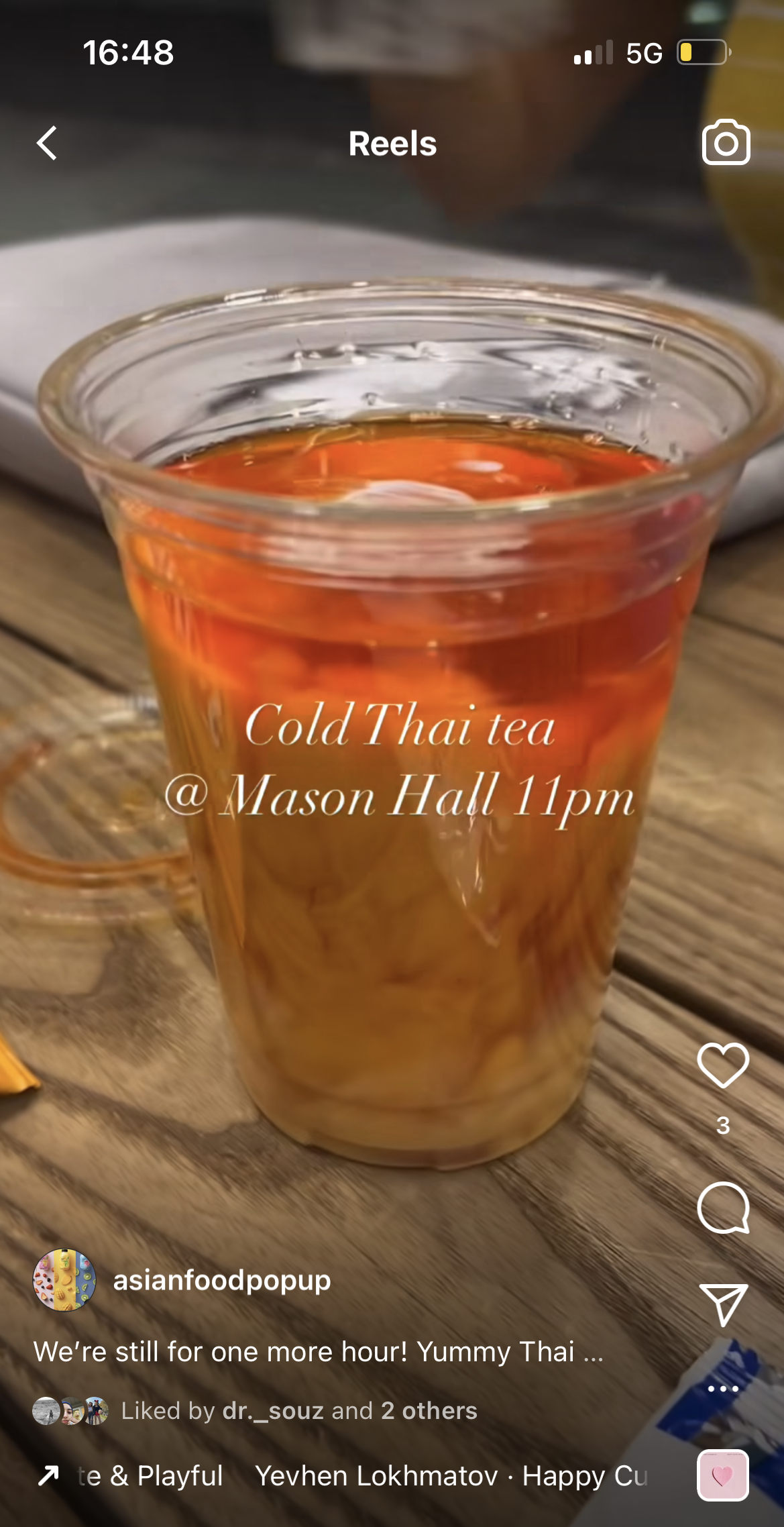

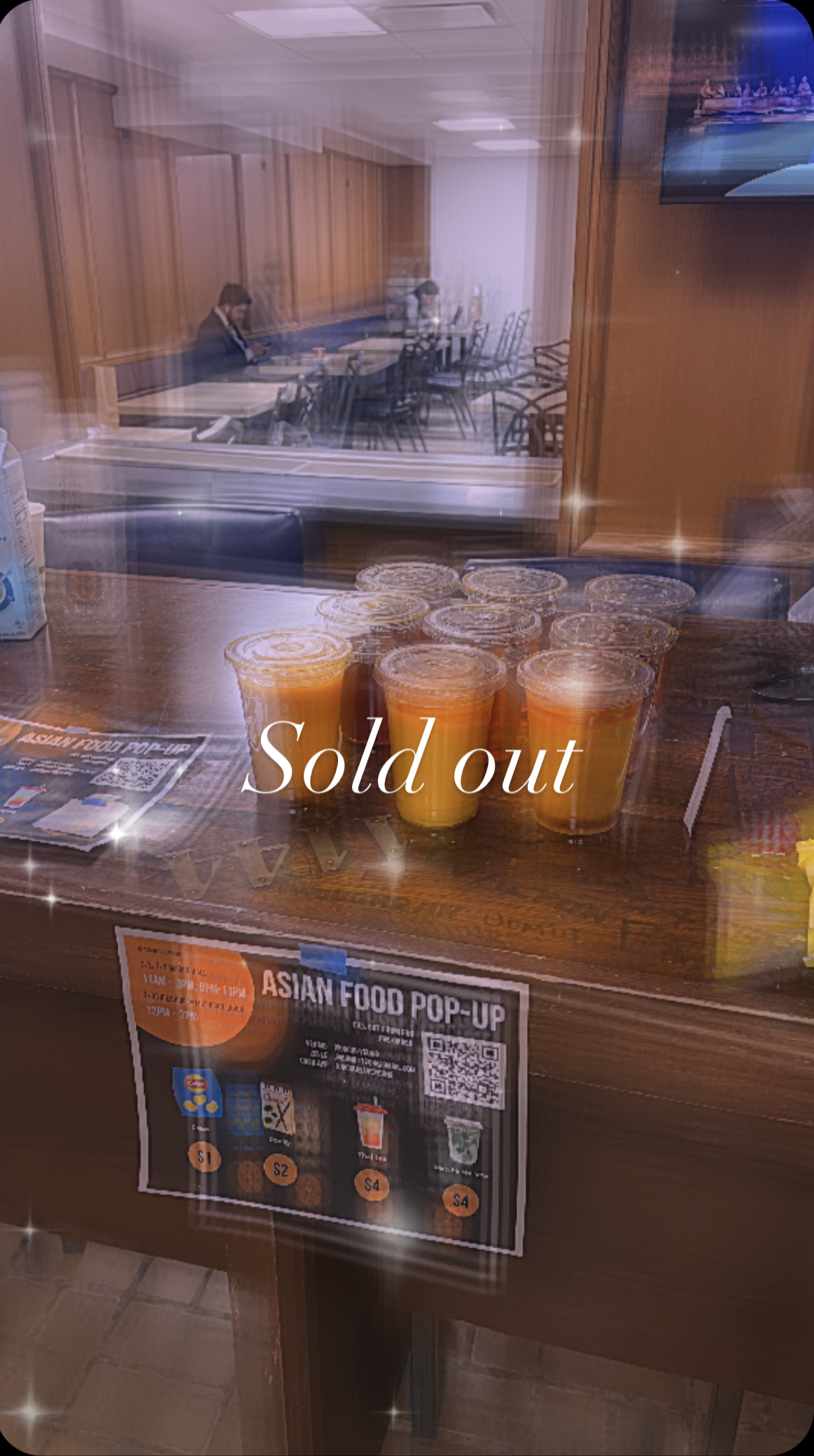
Should we do this again?
Something we should have done early on was find out how much it cost to make a thai and if it was even worth our time going through with this.
What we ended up selling:
Pocky : 10 - $15.00
Thai tea: ~33 - 132.39
Tip: $4 - someone was so generous to tip us for our efforts! ❤️
How much does it cost to make a cup?
Cost of 1 cup Including labor:
($10.10 minimum wage in Michigan) x (22/2) = $111.1 labor cost
$111.1 labor cost / 33 cups sold = $3.37 labor per cup sold
1 cup = ($20.13 cups cost/100 cups)+ ($8.30 tea leaves/80cups)+ ($2.89 sugar/50 cups) + ($2.89 half&half / 50 cups) = $0.42 per thai tea cup
🧋$3.79 cost (with labor) to make 1 thai tea 🤯
And we sold the thai tea for $4 each, which would be $0.21 per cup.
Sadly, this we aimed for a price disregarding labor. Now I realize labor, selling, and creating is actually where costs come in.
Cost of 1 cup excluding labor:
1 cup = $0.42 per thai tea cup
🧋$0.42 cost (without labor) to make 1 thai tea
And we sold the thai tea for $4 each, which would be $3.58 per cup. However enticing this profit looks, the amount of work that goes into making this operation come into life it does not really equate to this disillusion.
1. In fact, this is probably why shops use powder rather than real tea leaves.
2. The costs just go up with the care of tea leaves.
3. When it comes to scale, the little things (pouring, spilling, tea leaf remains) add up.
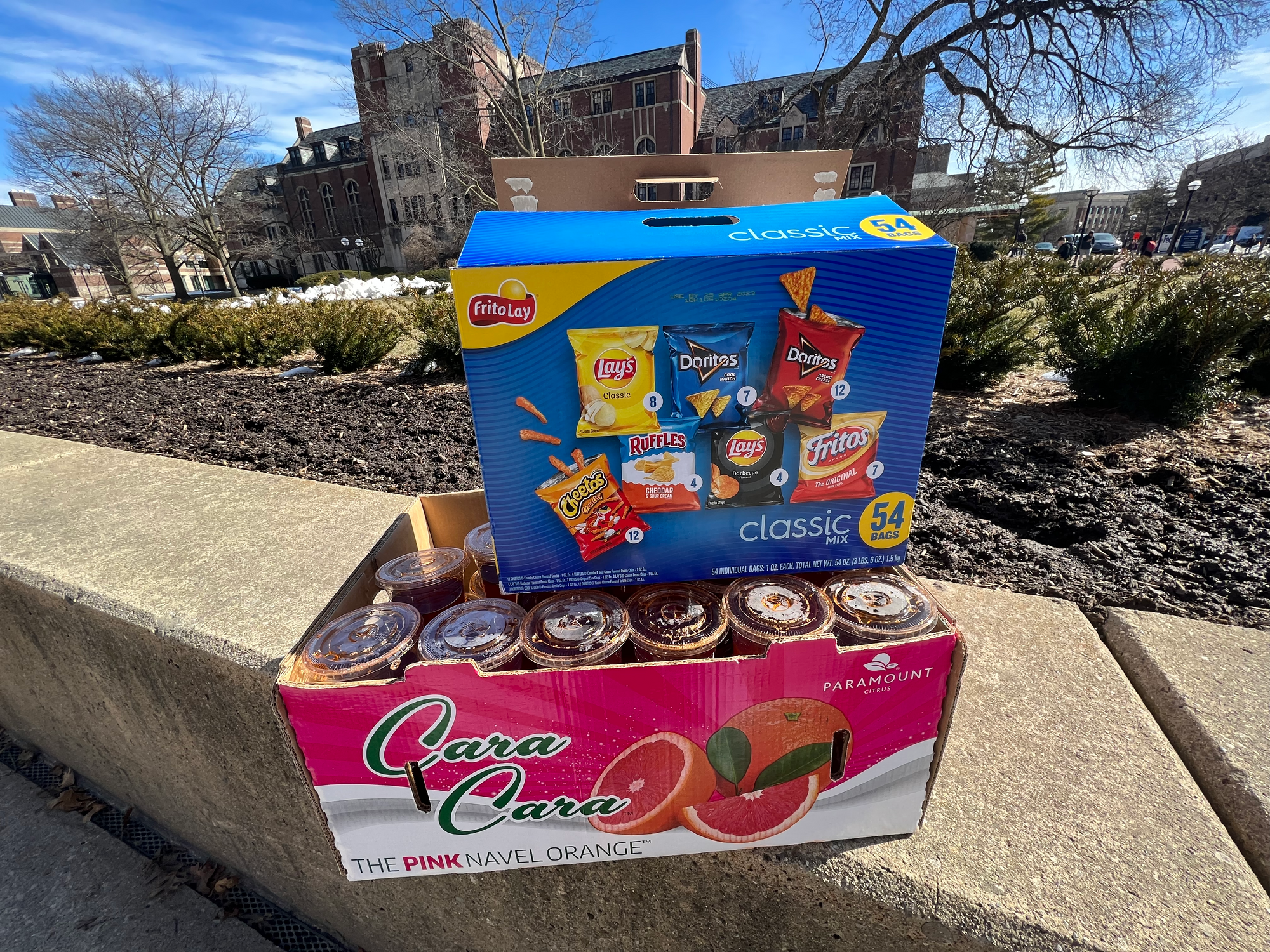
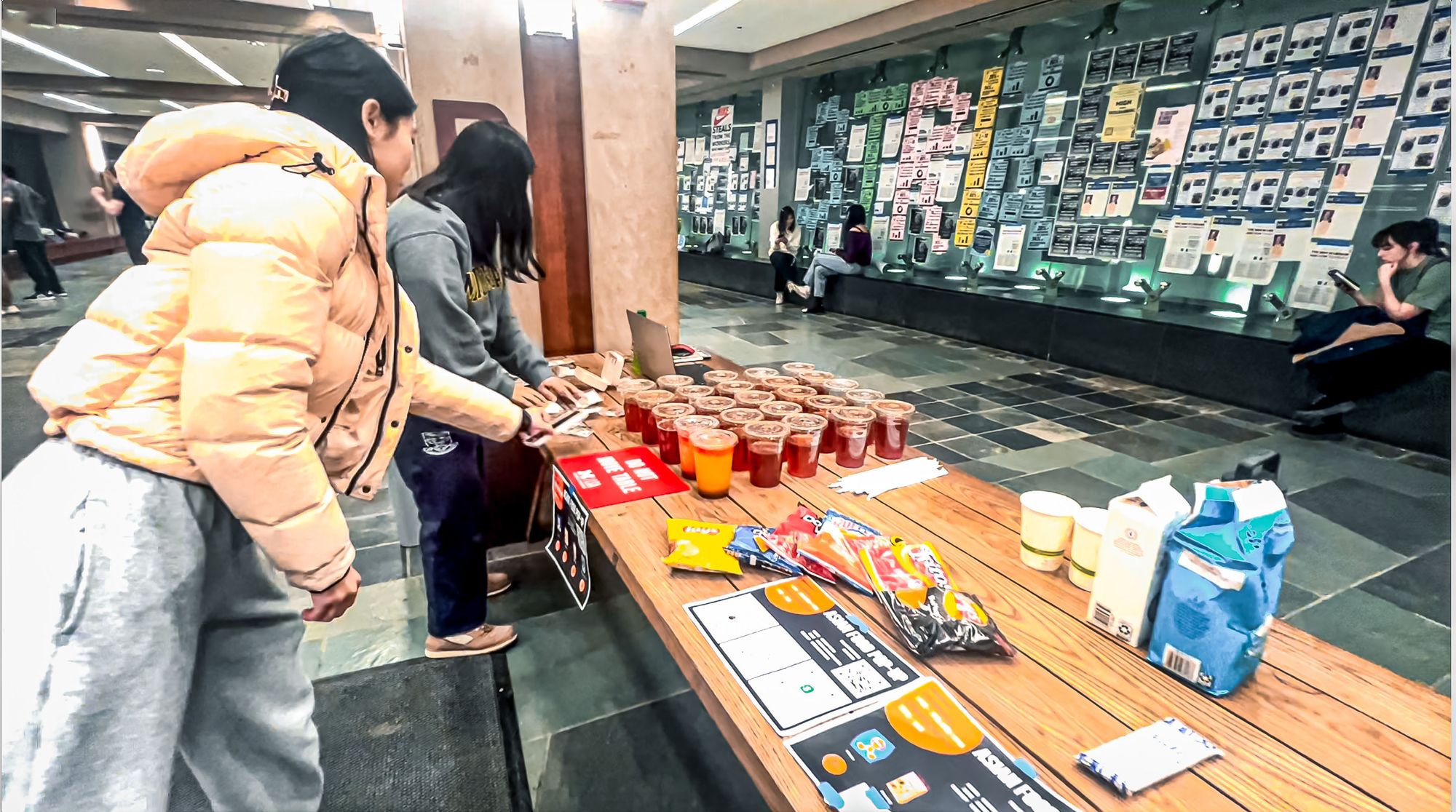
Final thoughts
What I learned
With this experience and my new understanding of how labor and costs come into play, it looks like I should stick to my day job or raise our price for thai tea.
Had we sold the thai tea for more:
$6-$3.79 labor + cost per cup = $2.21
$5-$3.79 labor + cost per cup = $1.21
We could have gotten more profits for the same product and the same labor.
What we could next time
- Find out who our competitors are:
1. Doughnuts
2. Vending machines: Chips, Cold bottled drinks - Charge more money
- Figure out the purpose of the business (why are you selling/promoting)
When there's a mission going forward, customers are more invested and happier to support the mission. - Understand the outcome/problem we're solving
- Don't buy ice or chips (save on lost goods)
- Account for labor involved
- Understand how many people know what thai tea is
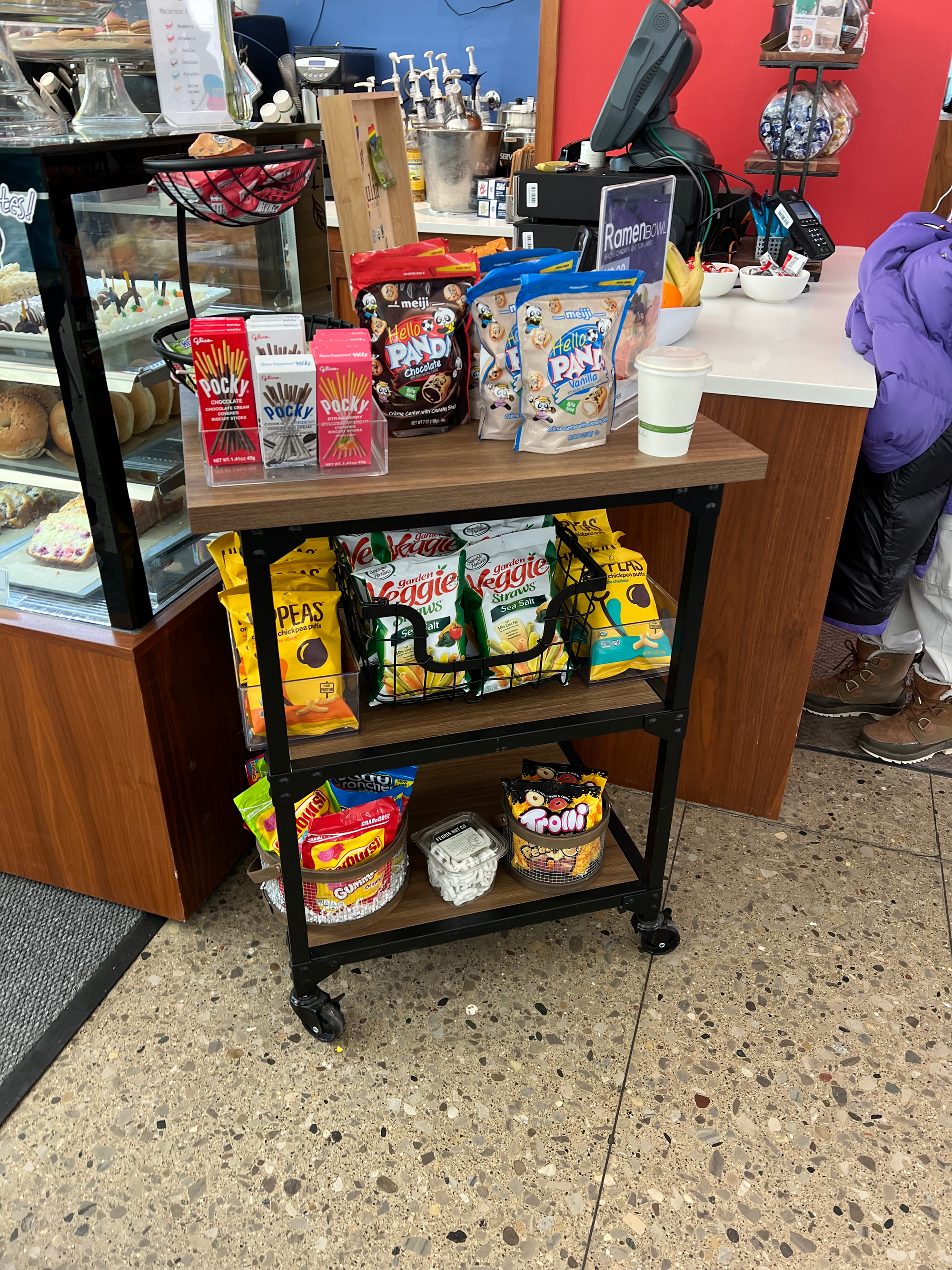
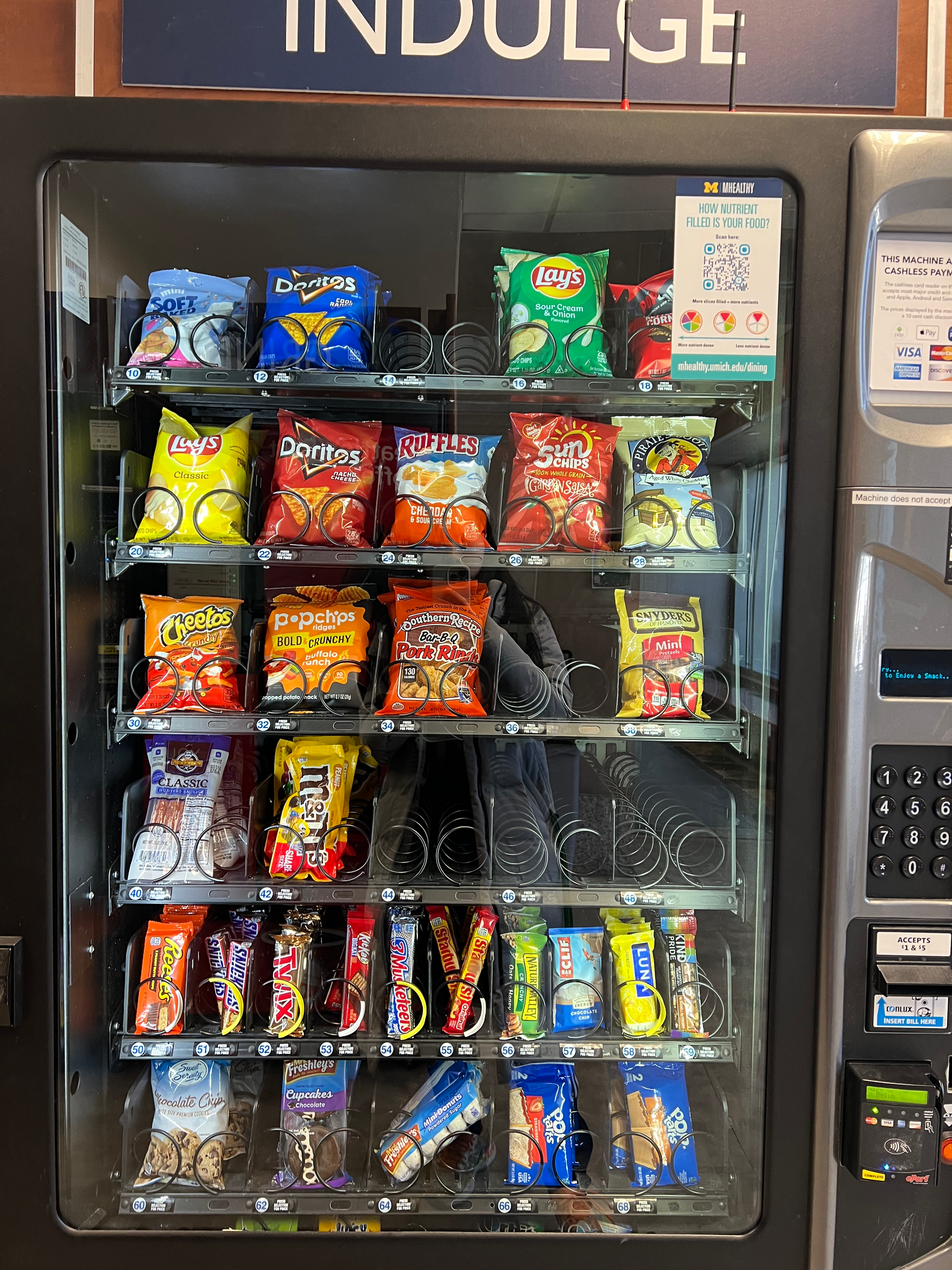
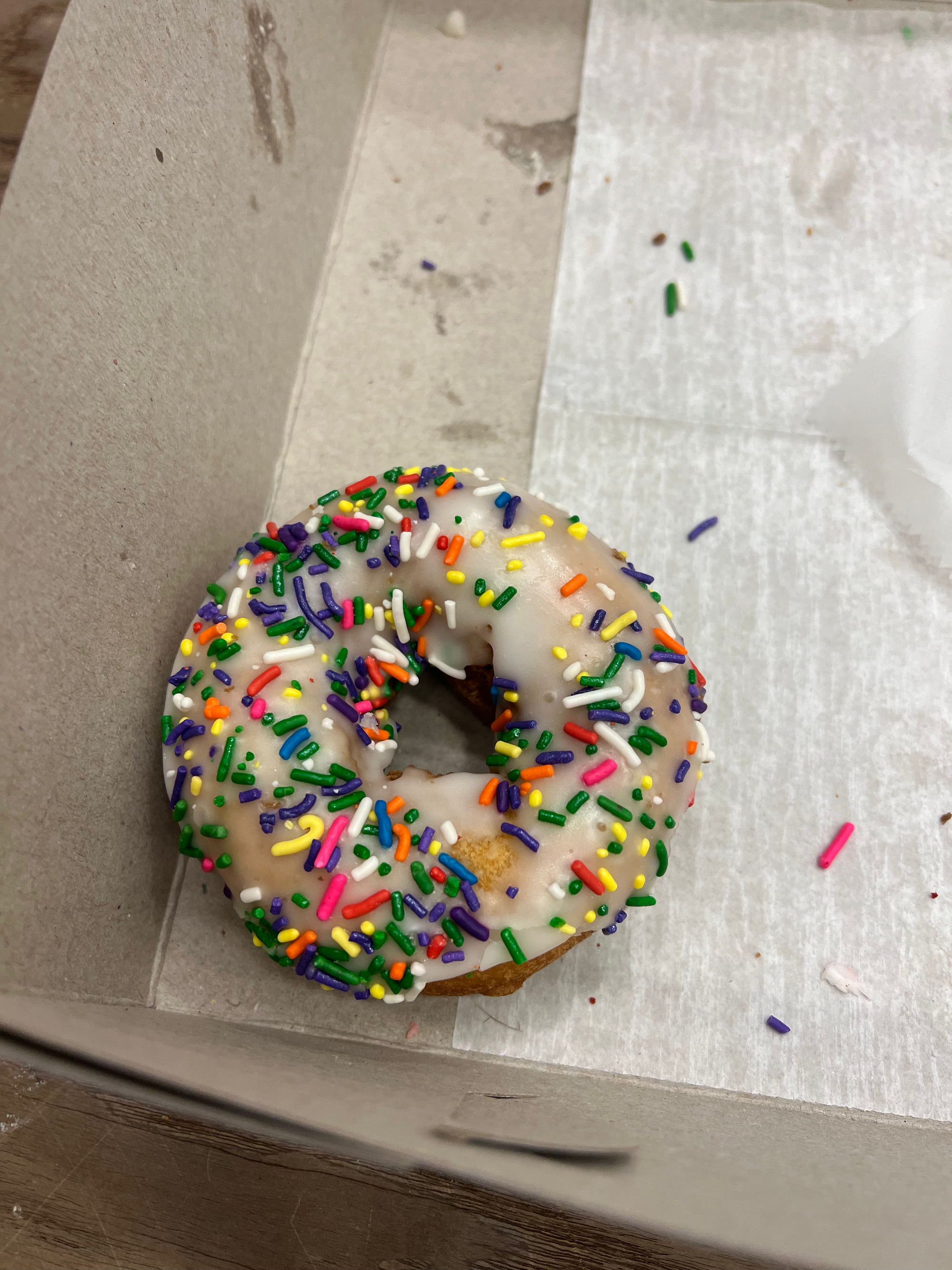
What I took away
Our business is essentially connecting our customers to their desired goals:
Thai tea
1. To quench their thirst: We sold some to dancers at their late night practice.
2. Stay awake: Students were studying and needed a fix to keep themselves engaged in their studies while having something tasty.
3. Pair with their meal: Students thought it was a great drink to pair with their lunch/ dinner meal.
4. No brand: Because we lacked a brand or stable establish, some felt the 'business' wasn't as valuable or thought the tea was free.
5. Needs better positioning: We were selling to college students, so the product needed a better product positioning, was at the lower price point, or needed to solve the problem better than our competitors.
6. Product awareness: We converted 1/3 of our customers who were new to thai tea. But many people may not even know what thai tea is, so this reduced the 'market' or people we could attract.
7. Others may not resonate: Just because I love it doesn't mean other people will love it.
Pocky
1. Asian Snack is a diversified product: College students know what pocky is and are find pocky to be a fun snack that is not commonly available.
2. We were able to sell out of Pocky since it was low cost and not readily available.
Chips
1. We were looking to sell the chips for $1 originally, then we reduced it down to $0.75 where we were able to get one customer.
2. It was too hard to sell chips because it wasn't unique enough.
What our real world competitors do
I kept wondering how bubble tea shops pay their staff. I also wonder what their salary is. Read my post on how bubble tea shops price their business (coming soon!) to learn more.